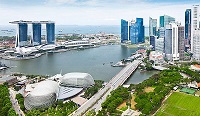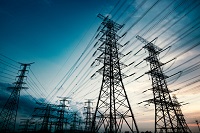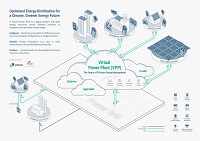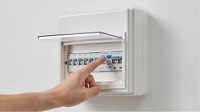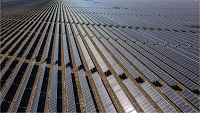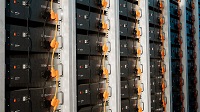EMA has implemented demand side management measures to help business consumers optimise their energy usage.
Overview
Demand Side Management (DSM) refers to initiatives and technologies that encourage consumers to optimise their energy use.
Benefits of DSM initiatives:
- Consumers can lower their electricity bills by adjusting when and how much electricity they use.
- At the broader level, the energy system can benefit from the redistribution of energy consumption from peak to non-peak hours.
Demand Response Programme
In a Demand Response (DR) programme, eligible business consumers will voluntarily reduce their electricity usage when wholesale electricity prices are high. In return, they receive a share of the savings from the reduction in wholesale electricity prices.
Commercial sectors, such as those reliant on heating, ventilation, and air-conditioning, show potential for load shifting, while certain industrial processes, like those involving gas production, offer opportunities for rescheduling operations to off-peak times.
Besides receiving financial incentives, participating business consumers also benefit by being able to reduce ‘peaks’ in their electricity usage when prices are typically higher.
In the long term, this reduces the need to invest in expensive power generation units that are run infrequently just to meet peak demand.
Eligibility criteria
- If you are a contestable consumer and can offer to reduce your electricity consumption, you can participate through your electricity retailer or a Demand Response Aggregator.
- You can also participate directly in the National Electricity Market of Singapore (NEMS) if you can offer to reduce your electricity consumption by 0.1 megawatt (MW).
Enabling More Consumers to Participate in DR programme
EMA has enhanced its regulatory framework to allow more consumers to participate in the DR programme. These include businesses consumers with battery energy storage systems (BESS) with nameplate rating below 10 megawatt (MW) who apply to EMA to participate in the programme. They can potentially shift their electricity usage more flexibly from peak to non-peak periods and participate in Demand Response more frequently.
EMA is also collaborating with ComfortDelgro via a regulatory sandbox to pilot the participation of their electric vehicle (EV) charging stations in the DR programme. This will explore how ComfortDelGro’s network of nearly 1,000 charging stations can adjust charging volumes during DR events, helping to balance demand and supply in the electricity grid.
Interruptible Load Programme
Under this programme, eligible consumers are compensated for being on standby to reduce their electricity demand when necessary to improve system reliability.
Eligibility criteria
If you are a contestable consumer and can offer to reduce your electricity consumption, you can participate through your electricity retailer or a Demand Response Aggregator.
You can also participate directly in the National Electricity Market of Singapore (NEMS) if you can offer to reduce your electricity consumption by at 0.1 megawatt (MW).
